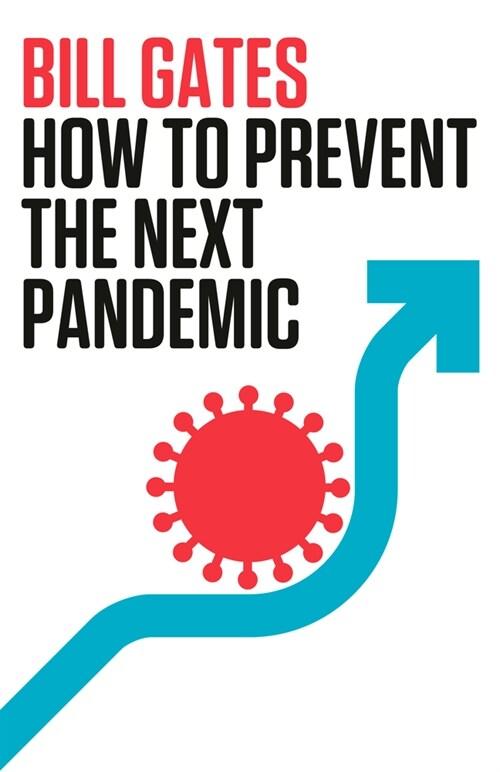책 이미지

책 정보
· 분류 : 외국도서 > 의학 > 시험준비
· ISBN : 9780323022613
· 쪽수 : 320쪽
목차
RAPID REVIEW: NEUROSCIENCE
Table of Contents
Section 1: Macroscopic Organization: An overview of Nervous System Structure and Function
Chapter I. Anatomy of the Nervous System
I. Divisions of the nervous system
II. Dissections
III. Horizontal images
IV. Coronal images
V. Sagittal images
VI. Spinal cord anatomy
Chapter II. Development of the Nervous System
I. Neural tube and derivatives
II. Neural crest and derivatives
III. Primary vesicles and derivatives
IV. Secondary vesicles and derivatives
V. Clinical considerations
Chapter III. Meninges
I. Layers of the meninges
II. Meningeal vasculature
III. Clinical considerations
Chapter IV. The Ventricles and Cerebrospinal Fluid
I. Components of the ventricular system
II. Cerebrospinal fluid (CSF)
III. Clinical considerations
Chapter V. Vasculature
I. Cerebral blood flow
II. Blood-brain barrier (BBB)
III. Anterior circulation: internal carotid system
IV. Posterior circulation: vertebral-basilar system
V. Anastomoses
VI. Venous drainage
VII. Spinal cord blood supply
VIII. Clinical considerations: cerebrovascular accidents
Section 2: Microscopic Organization: The Nervous System at the cellular level
Chapter VI. Neurocytology
I. Neurons
II. Synapse
III. Neuronal cytoskeleton
IV. Axonal transport
V. Glia
VI. Clinical considerations: response to injury
Chapter VII. Neurophysiology
I. Passive membrane properties
II. Excitable membrane
III. Myelination and saltatory conduction
IV. Clinical considerations
Chapter VIII. Synaptic interactions
I. Electrical synapse
II. Chemical synapse
III. Clinical considerations
Chapter IX. Neurochemistry
I. Classical neurotransmitters
II. Peptide neurotransmitters
III. Neurotransmitter receptors
IV. Clinical considerations
Section 3: Sensory Systems
Chapter X. Discriminative Touch, Vibration and Conscious Proprioception
I. Sensory receptors
II. Dorsal column-medial lemniscal system - body
III. Trigeminal system ? head and neck
IV. Clinical considerations
Chapter XI. Pain and Temperature
I. Sensory receptors
II. Anterolateral system - body
III. Trigeminal system ? head and neck
IV. Clinical considerations
Section 4: Motor Control
Chapter XII. Lower Motor Neurons
I. Spinal cord anterior horn
II. Cranial motor nuclei
III. Neuromuscular junction
IV. Clinical considerations
Chapter XII. Upper Motor Neurons
I. Corticospinal and corticobulbar pathways
II. "Extrapyramidal" pathways
III. Clinical considerations
Chapter XIV. Basal Ganglia
I. Function
II. Anatomy
III. Basal ganglia circuits
IV. Basal ganglia neurotransmitters
V. Clinical considerations
Chapter XV. Cerebellum
I. Function
II. Cerebellar anatomy related to function
III. Cerebellar cortex
IV. Deep cerebellar nuclei
V. Cerebellar pathways
VI. Clinical considerations
Chapter XVI. Reflexes and their Clinical Significance
I. Overview
II. Deep tendon reflexes - clinical considerations
III. Superficial reflexes - clinical considerations
IV. Cranial nerve reflexes - clinical considerations
Section 5: Cranial Nerves and the Special Senses
Chapter XVII. Cranial Nerve Overview
I. Overview
II. Emergence of cranial nerves
III. Locations of cranial nerve nuclei
IV. General sensory input
V. Motor control
VI. Testing cranial nerves
Chapter XVIII. Visual System
I. The eye
II. Visual processing within the retina
III. The visual pathway from the retina to the primary visual cortex
Chapter XIX. Auditory System
I. What is Sound?
II. Anatomy of the Transduction Apparatus
III. Mechanisms underlying sound transduction
IV. Auditory Neural Pathway
V. Clinical Considerations
Chapter XX. Vestibular System
I. Vestibular system receptors
II. Pathways within the Vestibular System
III. Vestibular Reflexes and Tests of the Vestibular System
IV. Clinical Considerations
Chapter XXI. Chemical Senses
I. Olfactory system
II. Gustatory system
III. Clinical considerations
Section 6: Higher Functions of the Brain
Chapter XXII. Homeostasis: The hypothalamus and the autonomic nervous system
I. Hypothalamic Anatomy
II. Function of the Hypothalamus
III. Components of the Autonomic Nervous System
IV. ANS Neurotransmitters
V. ANS Receptors and Pharmacology
VI. ANS Targets
VII. Central Autonomic Centers
VIII. Clinical Considerations
Chapter XXIII. Sleep, Arousal and the Reticular Activating System
I. Reticular system anatomy
II. Reticular system function
III. Reticular system neurochemistry
IV. Assessment of consciousness
V. Physiology of sleep
VI. Sleep - types
VII. Clinical considerations
Chapter XXIV. Learning, Memory and Emotion
I. Neural basis of emotion
II. Limbic system function
III. Limbic system components
IV. Substrates for memory
V. Clinical considerations
Chapter XXV. The Brain in transition: from infancy to old age
I. Brain aging - gross
II. Brain aging - histological and physiological
III. Functional changes
IV. Clinical considerations





















